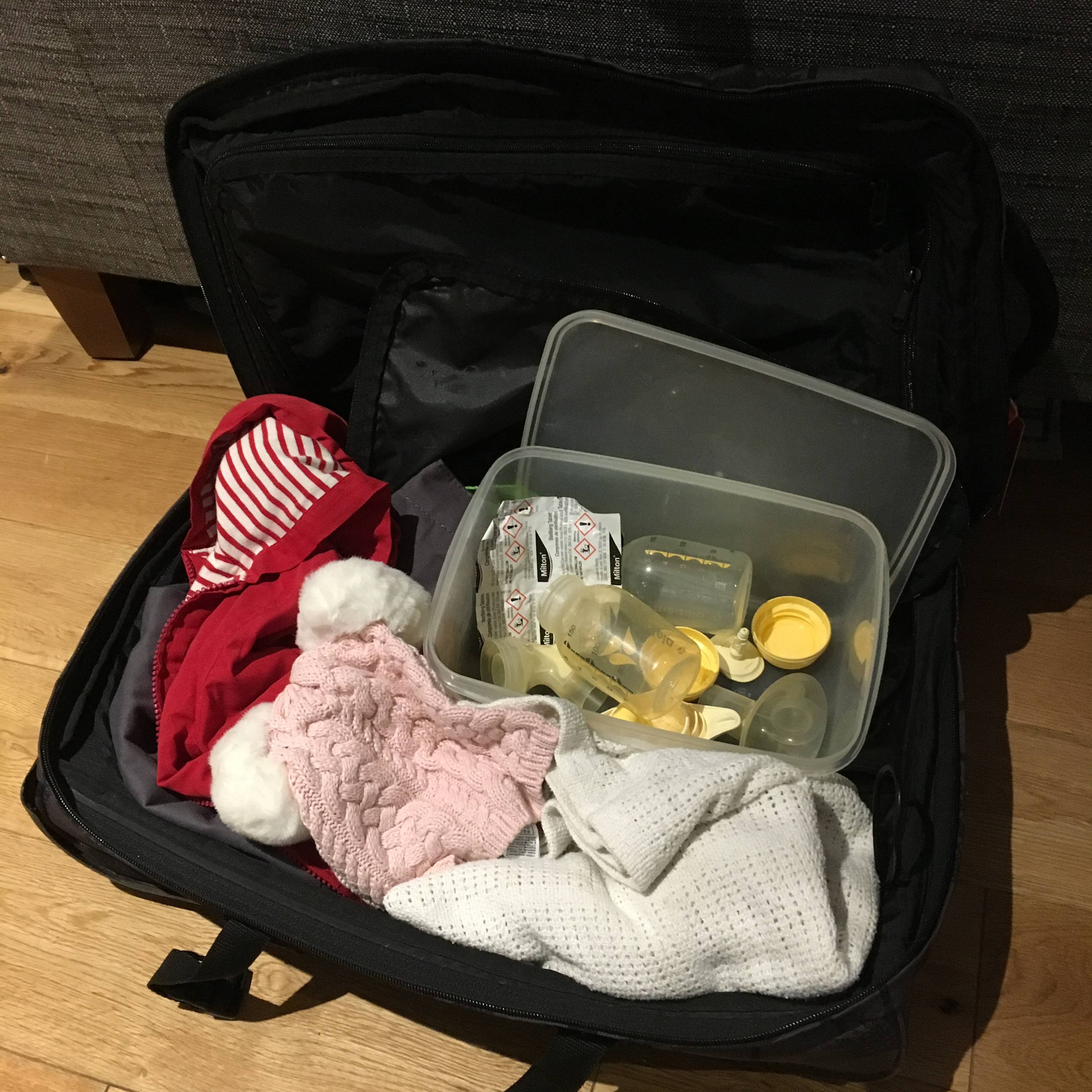Organising travel documents for your baby – from passport and visa to consent letter – is the first step to taking your little one away on her first adventure.
Passport or photo ID

Children require passports for international travel (if you don’t have one for your baby yet, read my post on how to apply for her first UK passport), but for flights within the UK the adult travelling with them can vouch for their identity. The adult will need to carry photo ID, the more official the better. (Though I was intrigued to learn that the airline Flybe includes NUS cards and valid firearm certificates on its long list of acceptable forms of identification.)
Visa
When it comes to visas to almost any destination you care to name, you can safely assume that the rules are the same for children as they are for adults. This has implications not just for pre-trip admin, but for budgeting too. Fees are typically the same regardless of the age of the applicant (though they do often vary depending on the nationality of the person applying, something to watch out for if your child holds a different passport to you).
Consent letter
None of the above probably comes as much of a surprise – we’re all used to needing passports and visas to travel. What you might not be aware of is that if you’re taking a child abroad, you technically need permission from anyone else with parental responsibility to do so. Ie if you’re a mother or father travelling with your baby by yourself, you need to bring a consent letter specifying that their other parent has given the trip the go ahead.
You should include passport information for both parents, plus your child’s passport information and details about the trip. And to really do it by the book, the consent letter should be witnessed by a notary, and you should bring along proof of your relationship to the child, such as a birth certificate – the real thing, not a photocopy. Have a look online for a template form.
There are very few situations in which you would actually be asked to provide such a consent letter, but some countries are stricter than others so it’s worth checking in advance. Parents who don’t share a last name with their children also report more hassle in this regard (the law is designed to prevent child abduction), as do parents of a different ethnicity to their kids.
Sorting out the consent letter – particularly having it notarised – certainly sounds like a pain, but much less of a pain than being refused entry at the border and being sent home. A halfway measure that some parents use is carrying a copy of your child’s birth certificate, so at least you’ve got one official document on you that connects you to your child if anyone asks.






